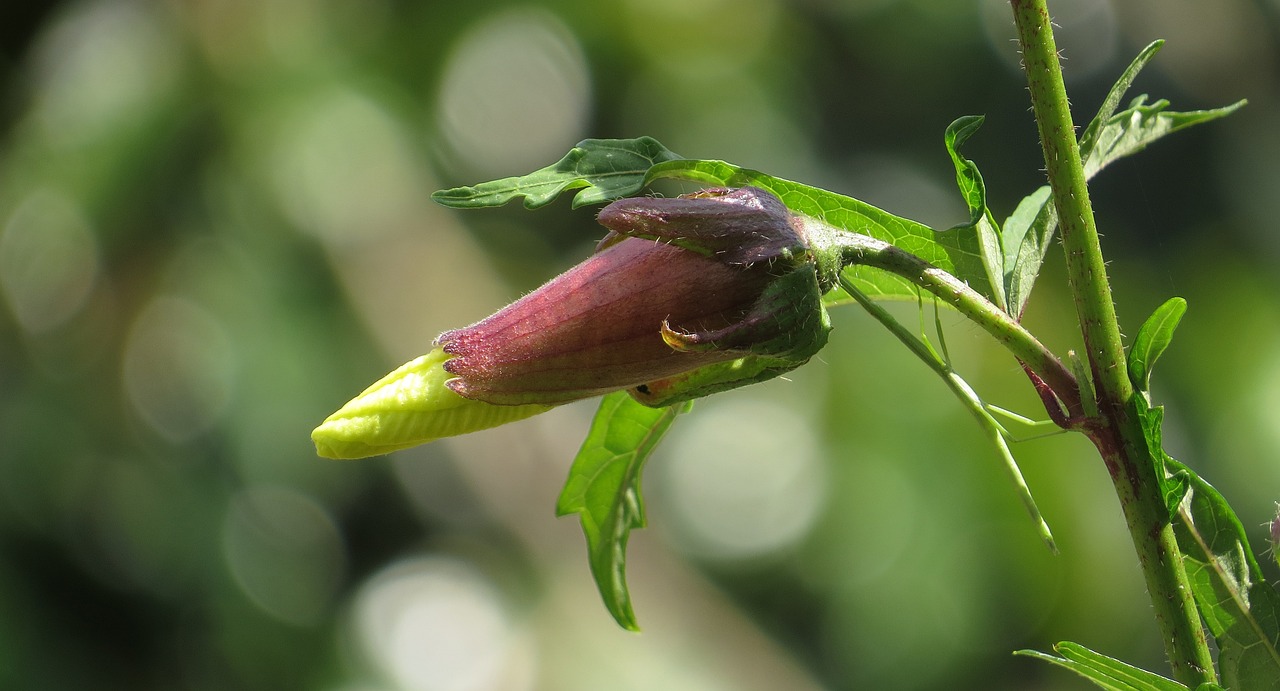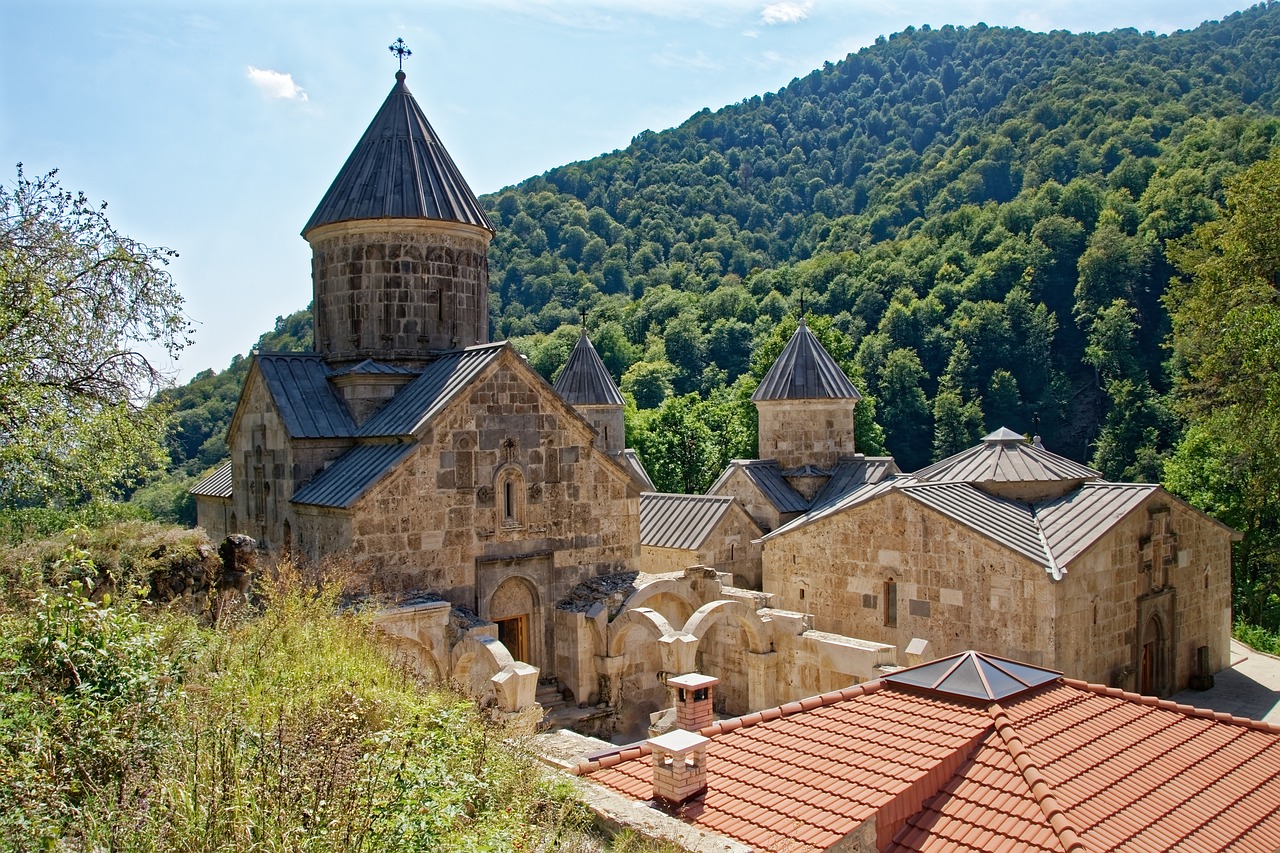Cultural Sensitivities: Understanding Local Norms in Armenia
Armenia, a country rich in history and culture, is known for its warm and hospitable people. To fully immerse yourself in the Armenian experience, it is essential to understand and respect the local norms and cultural sensitivities. This article aims to provide a comprehensive guide to help visitors navigate Armenia’s unique customs and traditions.
Armenia Image 1:

Section 1: Greetings and Etiquette
Armenians value politeness and respect in their interactions. When greeting someone, it is customary to shake hands, maintain eye contact, and use formal titles such as Mr. or Mrs. Armenians appreciate a warm smile and a sincere interest in their culture. It is considered impolite to address someone by their first name unless invited to do so.
- Personal Space: Respect personal space and avoid physical contact unless you have developed a close relationship with the person.
- Gift Giving: When visiting someone’s home, it is customary to bring a small gift, such as flowers or chocolates, as a token of appreciation. Avoid giving sharp objects or yellow flowers, as they are associated with negative connotations.
- Table Etiquette: When dining with Armenians, wait for the host to start eating before you begin. It is polite to finish everything on your plate as it shows appreciation for the meal.
Section 2: Religion and Spirituality
Armenia is one of the oldest Christian nations in the world, and religion plays a significant role in the daily lives of Armenians. The Armenian Apostolic Church is the predominant religious institution, and its traditions and customs are deeply ingrained in the culture.
- Visiting Churches: When visiting churches or monasteries, dress modestly and cover your shoulders and knees. It is customary to light candles and show respect for the sacred space.
- Religious Holidays: Armenians celebrate religious holidays such as Easter and Christmas with great fervor. It is a time for family gatherings, attending church services, and sharing traditional meals.
- Respecting Religious Customs: Be mindful of religious customs and practices. Avoid taking photographs or making loud noises inside churches, as it may disrupt the tranquility and solemnity of the space.
Section 3: Traditional Cuisine
Armenian cuisine is a reflection of the country’s rich agricultural heritage and cultural influences. Traditional Armenian dishes are known for their unique flavors and use of fresh ingredients.
- Armenian Barbecue (Khorovats): Khorovats is a popular Armenian dish consisting of grilled meat, usually pork or lamb. It is often enjoyed with lavash (traditional flatbread) and accompanied by fresh vegetables and herbs.
- Lahmajun: Lahmajun is a thin, crispy Armenian pizza topped with minced meat, tomatoes, onions, and spices. It is a popular street food and can be eaten as a snack or a main meal.
- Armenian Dolma: Dolma is a traditional Armenian dish made with grape leaves stuffed with a mixture of rice, minced meat, herbs, and spices. It is often served as an appetizer or part of a larger meal.
Armenia Image 2:

Section 4: Festivals and Celebrations
Armenians love to celebrate their cultural heritage through various festivals and events held throughout the year. These festivities offer a glimpse into the vibrant traditions and customs of the Armenian people.
- Yerevan Wine Days: This annual festival celebrates Armenia’s rich winemaking tradition. Visitors can sample a wide variety of local wines, enjoy live music, and participate in cultural activities.
- Vardavar: Vardavar is a joyful water festival celebrated in July. People splash water on each other as a symbol of purification and renewal. Join in the fun, but always ask for consent before playfully engaging in water fights.
- Navasard: Navasard is an ancient Armenian New Year celebration held in August. It includes traditional music, dance performances, and the reenactment of historical events.
Section 5: Traditional Attire
Although modern Western clothing is prevalent in urban areas, traditional Armenian attire still holds cultural significance, especially during special occasions and festivals.
- Taraz: Taraz is the traditional Armenian costume worn by both men and women. It is characterized by vibrant colors, intricate patterns, and handcrafted embroidery.
- Shawl (Chokha): The shawl, known as chokha, is an essential part of traditional Armenian women’s attire. It is worn over the dress and often adorned with ornate designs.
- Apron (Taragyush): The apron, called taragyush, is a decorative piece worn by Armenian women. It is intricately embroidered and adds a touch of elegance to the traditional dress.
Armenia Image 3:

Section 6: Art and Craftsmanship
Armenia has a rich artistic heritage, with traditional craftsmanship playing a vital role in the cultural identity of the country. From intricate woodwork to delicate pottery, Armenian artisans showcase their skills through various art forms.
- Khachkars: Khachkars are intricately carved stone crosses found in Armenian architecture. They are considered masterpieces of Armenian craftsmanship and are recognized as a UNESCO Intangible Cultural Heritage.
- Carpet Weaving: Armenian carpets are renowned for their exquisite designs and meticulous weaving techniques. Each carpet tells a unique story and reflects the cultural heritage of the region.
- Woodwork: Armenian woodwork displays intricate patterns and craftsmanship. From decorative furniture to religious artifacts, woodwork is an integral part of Armenian art.
Section 7: Social Customs and Traditions
Armenians have a strong sense of community and place great importance on social customs and traditions. Understanding and respecting these customs will help you connect with the local people on a deeper level.
- Hospitality: Armenians are known for their warm hospitality. If invited to someone’s home, it is customary to bring a small gift and remove your shoes before entering.
- Toasting: Toasting is an integral part of Armenian dining culture. When participating in a toast, maintain eye contact and clink glasses with everyone at the table. It is polite to take a sip after each toast.
- Respecting Elders: Armenians hold great respect for their elders. It is customary to greet older individuals first and show deference to their opinions and wisdom.
Section 8: Language and Communication
The official language of Armenia is Armenian, and while many Armenians speak English, it is helpful to learn a few basic phrases to communicate with locals and show your interest in their culture.
- Greetings: Learn basic greetings such as “Barev” (hello) and “Shnorhakalutyun” (thank you) to start conversations on a positive note.
- Politeness: Use polite words such as “Pardon” or “Khosum em” (excuse me) when trying to get someone’s attention or asking for assistance.
- Learning Armenian: If you have a genuine interest in the Armenian language, locals will appreciate your efforts to learn a few more phrases beyond the basics.
Section 9: Traditional Music and Dance
Armenian music and dance are integral parts of the cultural fabric. Traditional instruments, vibrant melodies, and intricate dance routines showcase the rich artistic heritage of the country.
- Duduk: The duduk, a traditional Armenian woodwind instrument, produces soulful melodies that evoke deep emotions. Its haunting sound is often associated with Armenian folk music.
- Kochari Dance: Kochari is a popular Armenian folk dance performed in groups. It involves synchronized movements, footwork, and energetic choreography.
- Shalakho Dance: Shalakho is a traditional Armenian men’s dance that showcases strength and agility. It is characterized by rhythmic stomping and acrobatic movements.
Section 10: Nature and Outdoor Activities
Armenia’s diverse landscapes offer numerous opportunities for outdoor activities and exploration. From hiking in picturesque mountains to relaxing by serene lakes, nature lovers will find plenty to enjoy.
- Mt. Ararat: The majestic Mt. Ararat is a symbol of Armenia and offers breathtaking views. Hiking enthusiasts can embark on challenging treks to explore the mountain’s beauty.
- Lake Sevan: Lake Sevan, the largest lake in Armenia, is a popular destination for swimming, fishing, and boating. Its tranquil surroundings provide a perfect escape from city life.
- Dilijan National Park: Dilijan National Park, known as Armenia’s “Little Switzerland,” is a haven for nature lovers. It offers hiking trails, picnic spots, and stunning landscapes.
Section 11: Traditional Crafts and Souvenirs
When visiting Armenia, consider supporting local artisans and craftsmen by purchasing traditional crafts and souvenirs. These unique items make for meaningful gifts and serve as a reminder of your time in Armenia.
- Khachkar Souvenirs: Miniature khachkars make for beautiful and symbolic souvenirs. These intricately carved stone crosses are available in various sizes and designs.
- Armenian Ceramics: Armenian ceramics, with their vibrant colors and intricate patterns, are both functional and decorative. Look for hand-painted plates, bowls, or tiles.
- Armenian Jewelry: Armenian jewelry, often adorned with traditional symbols and motifs, reflects the country’s rich cultural heritage. Pieces made of silver or semi-precious stones are popular choices.
Section 12: Conclusion
By understanding and respecting the cultural sensitivities of Armenia, you will not only have a more immersive experience but also foster meaningful connections with the local people. Embrace the traditions, taste the delicious cuisine, and explore the rich history and natural beauty of this fascinating country.
References
– Armenia Travel (www.armenia.travel)
– Lonely Planet Armenia (www.lonelyplanet.com)
– Armenian Apostolic Church (www.armenianchurch.org)
– Armenian National Institute (www.armenian-genocide.org)


